Are bioplastic bags the answer to the fact that we’re drowning in single-use plastic bags or are they just another part of the problem? Well they start with ‘bio’ – so they must be good for the planet right? Here’s the Explainer.
Like so many products nowadays, a prefix of ‘eco’ or bio’ is used to convert something that’s bad for the environment, into something that seems good for it. It’s usually just a marketing ploy and unfortunately, a very good one because most of us fall for it every time.
Let’s start with the problem: single use plastic bags – both of the type you put produce in, and the type you use to carry the shopping home from the shop or supermarket. The problem is simply the numbers that get used.
It’s estimated that in the US, each individual uses a single-use plastic bag each day or which adds up to 330 million bags each day. In Australia, we use around two each per week, which still amounts to around 2,000,000,000 single-use bags each year.
Here are the excuses we use to disassociate ourselves from this issue – because of course we aren’t part of this problem.
Yeah but … I reuse them!
Yes, some people do re-use them – about once, to line the bin, or take a sandwich to work in. So single-use becomes ‘double-use’ – still means at least 1,000,000,000 bags consumed, even if everyone did it – which they don’t.
Yeah but … I use recycled bags!
Yes, you can get single-use plastic bags which contain as much as 30% recycled material, usually PET bottles.
So yes, that uses less ‘petroleum feedstock’ – good old fashioned oil in plain-speak, but still leaves us with 2,000,000,000 plastic bags.
Yeah but … I recycle them!
Where precisely do you recycle them? The council doesn’t want plastic bags in its container recycling bins because they just gum up the works. So do you take them back to the supermarkets for recycling? Probably not – I can’t remember the last time I saw a place to drop them off.
So now we have the ultimate answer – bioplastics. So…
Yeah but … I use bioplastic bags!
“It doesn’t cost the earth” (nice slogan) and yes, my grandma is an astronaut!
Here is the hard truth about bioplastic. Taking the product that this bag is made of as a real, concrete example.
Ecopond is a starch based bioplastic blended with biodegradable polyester. No mention of how much is in the mix, or where the polyester comes from, though typically, synthetic biodegradable polyesters are made in modified PET polymerization facilities from ‘petrochemical feedstocks’ – opps oil!
So let’s assume it’s about half renewable, mainly derived from corn (maize) and half fossil fuel.
Environmental Impacts
Think about the environmental impacts of all the corn grown just to produce all that bioplastic:
- Creating the large areas required to farm all this corn leads to deforestation – which contributes to global warming.
- Growing the corn requires water to irrigate the crops, increased use of pesticide, which otherwise would not be required, and leads to issues of soil acidification, carcinogens and other ecotoxicity (poisons).
- Petroleum is required to power farm machinery, to pump water, to produce fertilisers and pesticides, to transport crops and crop products to processing plants, to process raw materials, and ultimately to produce the bioplastic.
So what are we really saving here? Not the planet – that’s for sure!
Yeah but … it’s compostable!
No but! Not in your back yard it’s not. You need an industrial processing plant (that conforms to AS-4736-2006 and has the right microorganisms present) to ‘compost’ the bioplastic and turn it back into something that you can … presumably grow more corn in. Even then, it’s still 50% plastic. And guess what – there are only 8 such facilities in the whole of Australia, none of which are associated with a waste facility depot!
So the chances of your one little bioplastic bag actually being composted is about 1 in 2,000,000,000!
The chances are your little bioplastic bag will end up in:
- landfill, (where it will breakdown over a much longer period of time and create ‘landfill gas’ 60% of which is methane – that most potent of greenhouse gases); or
- a standard recycling plant (where it will gum up the works); or
- or just blowing in the wind … and eventually into the ocean – where it will not decompose because the required microorganisms for anaerobic digestion are not present.
So we’re still left with 2,000,000,000 single-use plastic bags. Even if 99.9% of these all make it safely to land fill and only the remaining 0.1% accidently get caught by the wind and end up in a stream, or river or the ocean directly, that’s still 2,000,000 plastic bags presenting a lethal hazard to marine life.
So what is the solution?
Reduce your use of single-use plastic. And actually, it’s not that hard.
If you’re a weekly shopper, keep the reusable shopping bags, or any other sizable, reusable bags that you might be given, in the car. I’ve had this bag for 5 years so it’s probably done over 200 trips to the super market.
If you’re more of an ad hoc shopper, carry a bag that folds into a compact little pocket and keep it in your handbag or back pack.
Produce bags: seriously – you buy an apple, two potatoes and a banana – does each one need its own bag? Do they even need bags at all? These ‘products’ have developed over 1,000’s of years and have specially formulated skins which keep the consumables inside in an edible state for long periods – well certainly long enough for you to get them home to the fridge or fruit bowl. And even then you’re going to peel or wash them! They don’t each need a bag. Seriously.
If you buy produce in quantities – get yourself some reusable produce bags. They too will last a life time.
Still putting the kids’ sandwiches in Zip lock bags – which come back so sticky with jam – you ‘bin’ them. Try Tupperware. Their lunch will arrive in better shape come lunchtime, and you can even train kids to put them in the dishwasher when they get home from school.
The choice is yours: you can pretend that 2,000,000,000 plastic bags is not an issue, or not one you care enough about to modify your lifestyle even slightly. Or you can acknowledge that there’s no excuse for single-use and do your bit.

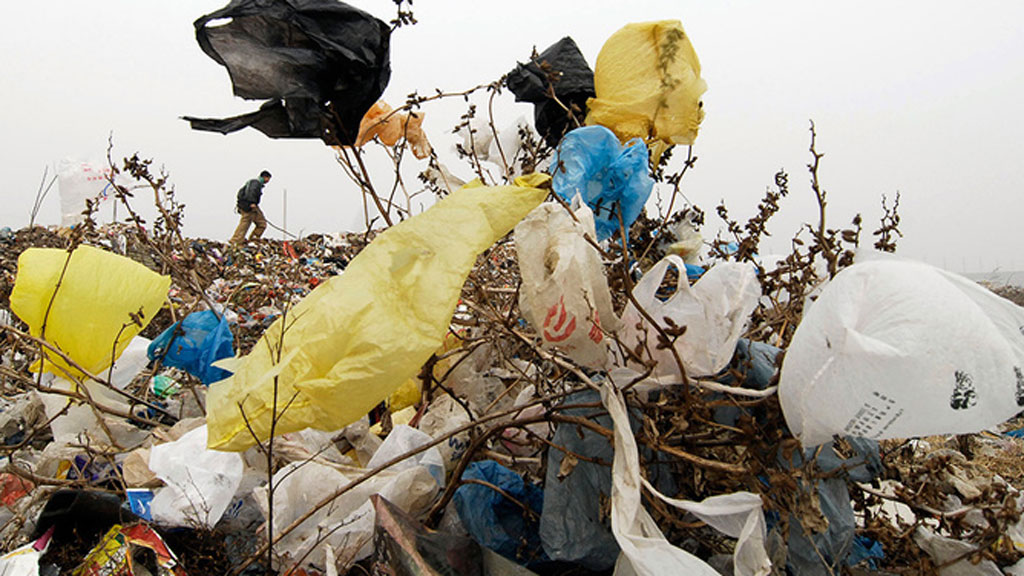
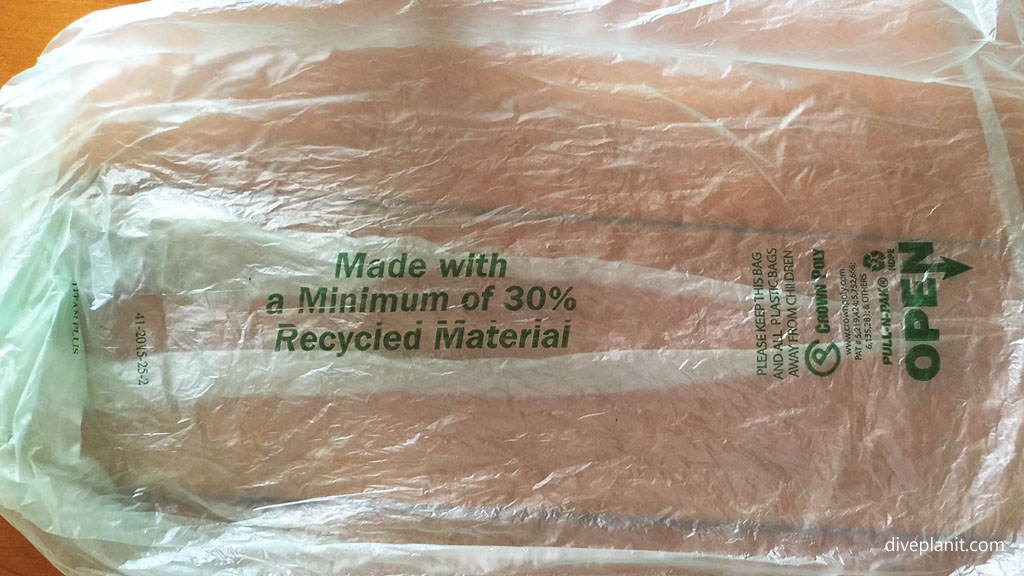
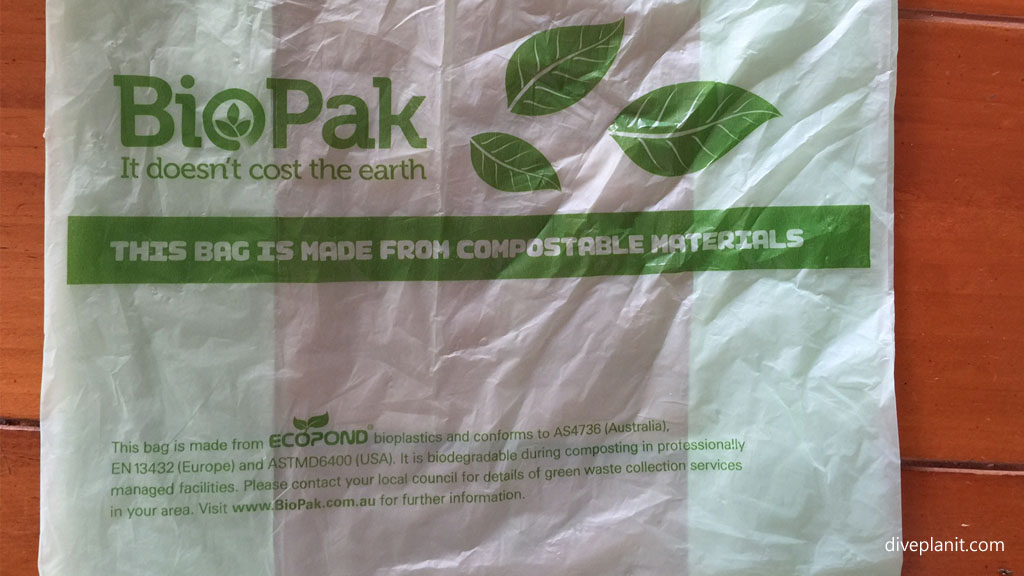
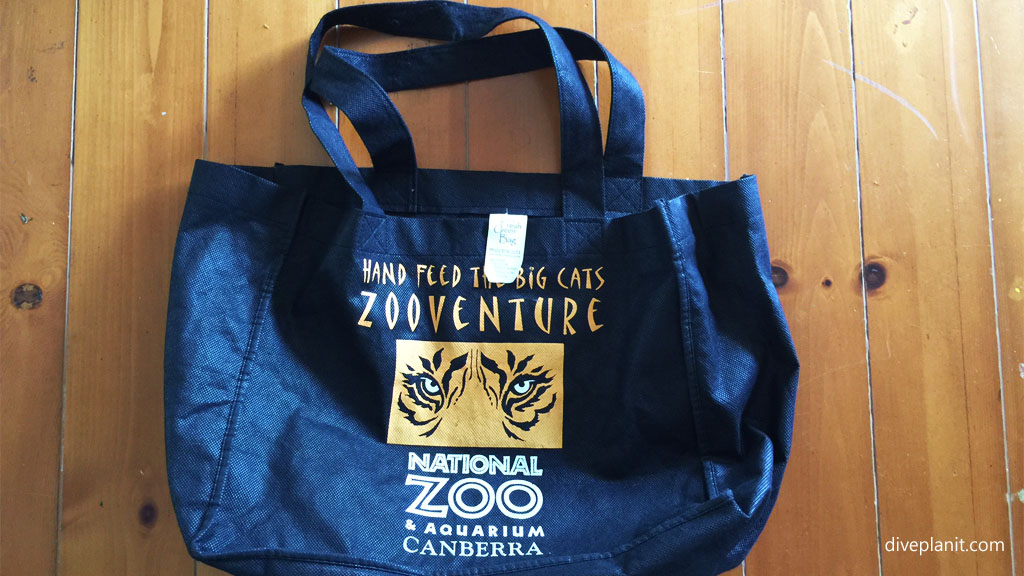
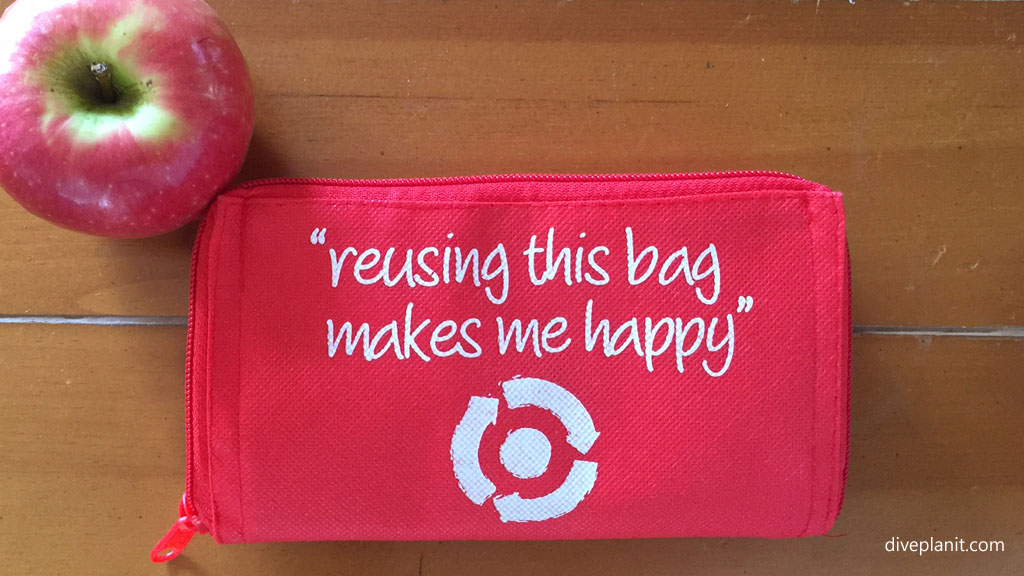
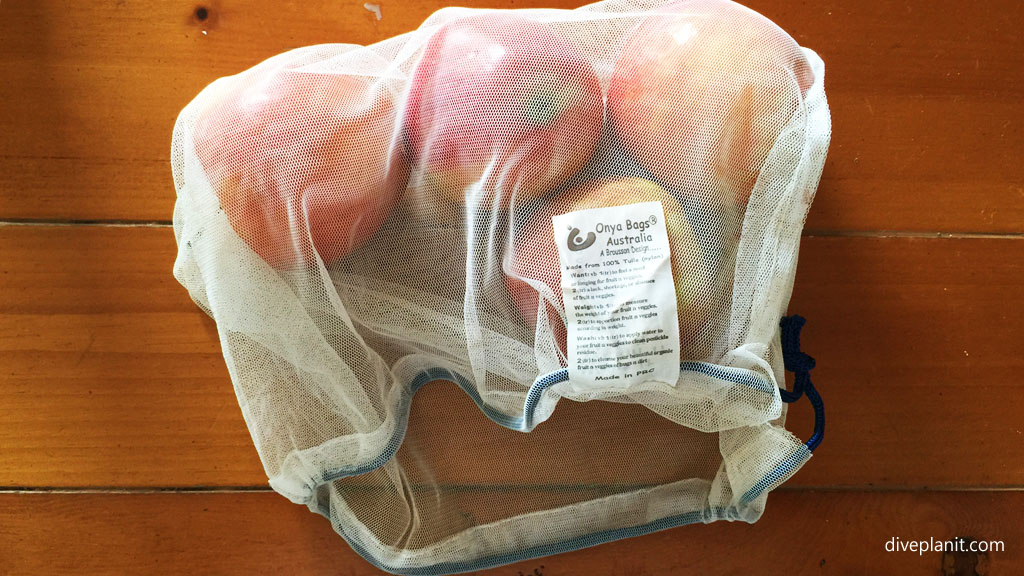



The story is far more complex but I agree with aspects of your statement. There are some small solutions here but the wider picture is this: MOST things in supermarkets today are packed in plastic. Bags are by comparison a TINY part of the overall picture.
This is a complex picture therefore and is not solved with a simple narrative like telling people to stop using things and providing alternatives. Behaviour change is the hardest solution of all and works only on about 2% of the population.
What will actually WORK is this:
We work on LEGISLATING the use of plastics not only MADE from INEDIBLE feedstocks like grasses an algae – which are now incidently at a cost point comparable to oil based feedstocks – but are also FULLY BIODEGRADABLE in the ocean or other natural environment, and in a timeframe short enough to be acceptable. We are talking about 8 million tonnes a year here, of straws and water bottles and laundry soap bottles and toothpaste tubes. All the stuff of life.
We also need to incentivise the individuals in poorer nations, with poor sanitation, to pick the plastics up. What is an incentive? Money, education, social status.
We finally need a USE for the exising waste plastics stream. Upcycling. It’s a thing.
Complete sysle, closed loop. Biomimicry principles. Don’t simplify a complex story, it is not helpful.